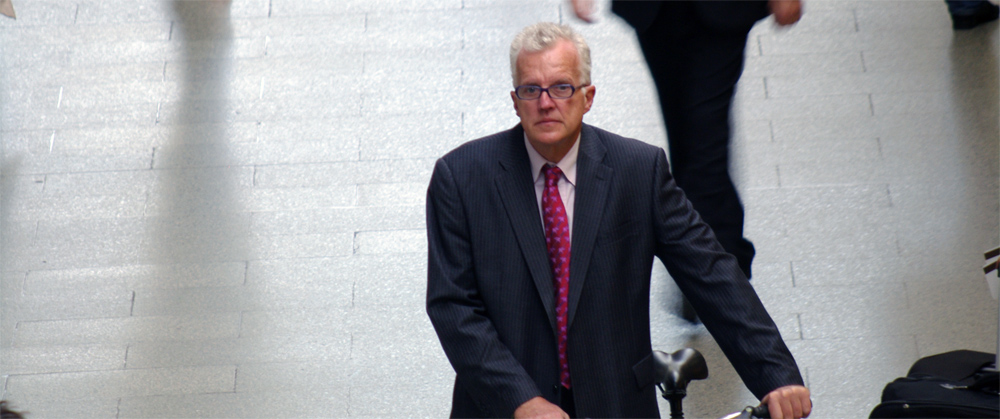The dire warnings about not using cars issued by Transport for London for the Olympic period beg a wider question. If we are all able to dispense so easily with using cars in central London during what seems to be an ever extending period, then do we need them much anyway.
Transport for London’s whole transport policy in relation to road space is based on the notion that nothing must be done to affect traffic flow. More recently this has been couched in terms of ‘resilience’ but at root that is the same thing. The current level of potential throughput, determined by all kinds of historic and practical factors, is sacrosanct. So if, for example, cyclists need to be better accommodated, then that cannot be done at the expense of reducing space for cars. Surveys tend to show that of the peak hour traffic, perhaps as little as 20 per cent really needs to be there at that time – the rest could use other modes, travel at different times or simply not make the journey at all.
This is patent nonsense and is illogical. For example, if cycle lanes are successful at attracting people out of their cars, then surely they should be allocated space. Moreover, there is a lack of strategy behind this policy. If TfL is genuinely trying to achieve modal shift and encouraging the most environmentally-friendly modes, then the logic is to devote more resources to them. Boris Johnson’s notion that boosting cycling can be achieved without any cost in terms of space and accommodation for cars is simply dishonest. When I asked him this question during the hustings, he blustered about technology and the like, but had not real answer. It is time for his transport advisers to persuade him to change course on the basis that if we don’t need our cars for the next three months, do we need them at all?
